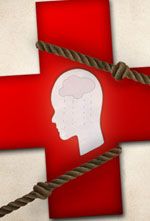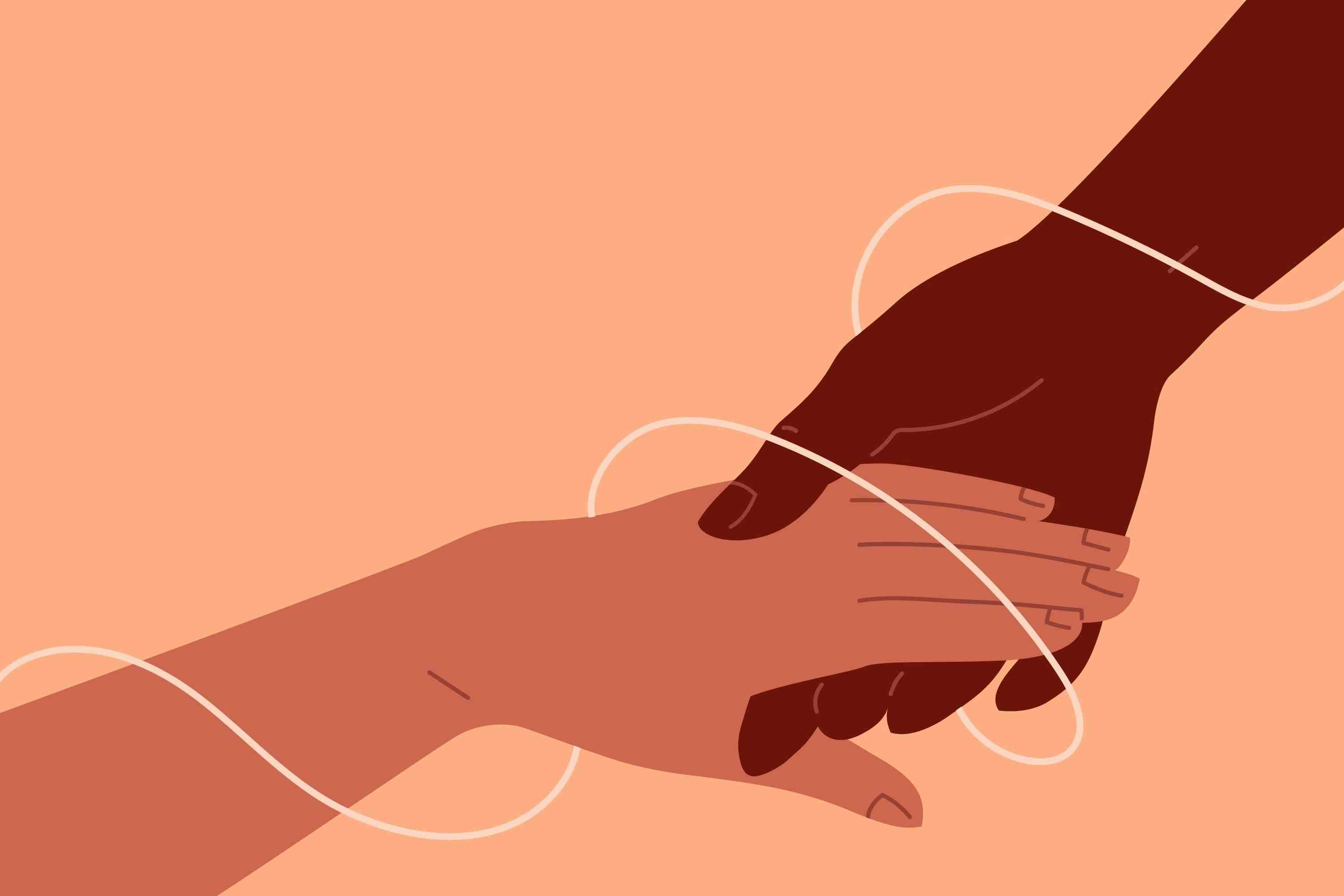Publication
Article
Psychiatric Times
The State of the Mental Health System
Author(s):
The federal government must realize that decades of allowing mental health care to go begging leaves a very weak chance of detecting or treating those who need help.

Twenty children, 6 adult staff members, and the shooter’s own mother were murdered in the tragic shootings last December at the Sandy Hook Elementary School in Newtown, Conn. The killer ended the rampage by taking his own life.
The killings provoked a wide range of political rhetoric about what to do regarding the horrific mass killing and the string of others in schools, theaters, malls, and workplaces that preceded this one. President Obama has promised to make gun control a central aim of his administration. Various hearings have been held at the state and federal level to discuss what ought be done.
One obvious area for action is to place more restrictions on guns, ammunition, the sale and resale of guns, and access to firearms. Indeed, fear of future restrictions being legislated has led to a huge spike in sales of powerful handguns, assault weapons, ammunition, and other firearms.
There may not be much reason for would-be gun purchasers to be overly concerned. The gun lobby has leapt into action to frustrate tighter gun control laws, even with the horrid images of dead children fresh in the nation’s mind. Despite a lot of talk, only 1 state, New York, has enacted legislation tightening control over guns. While most of the New York Secure Ammunition and Firearms Enforcement Act of 2013 (NY SAFE Act) focuses on guns, it also tries to involve mental health providers in the reduction of gun violence. That may be the most difficult part of the law to implement.
The NY SAFE Act requires individuals who own a handgun or an assault rifle to recertify their permits every 5 years; limits the capacity of ammo clips to 7 shots; clarifies and broadens the definition of assault weapons to restrict their sale; and requires nearly all gun transfers between private parties to be conducted through a federal firearms licensee, subject to a federal National instant Criminal Background Check. These are predictable, if tough to enact, actions when it comes to guns. What is somewhat surprising is that the law imposes new duties on mental health care professionals that will also be very difficult to implement.
Under the New York legislation, mental health professionals are required to report to local mental health officials when there is reason to believe a patient is likely to engage in conduct that will cause serious harm to himself or herself or to others. This information will then be cross-checked against a new gun registration database. If the patient possesses a gun, his license will be suspended and law enforcement will be authorized to remove the person’s firearm.
Kendra’s law, enacted in 1999, is extended for 2 years-through 2017. This law gives judges the authority to require people to regularly under-go outpatient psychiatric treatment. Under the NY SAFE Act, the period of mandatory outpatient treatment is extended from 6 months to 1 year.
There has long been a legal obligation in most states, generated by the famous 1976 Tarasoff case in California, that mental health care professionals disclose a threat of violence to an identifiable third party if they think the threat is credible and the act imminent. Both before and after Tarasoff, there have been ethi-cal and clinical obligations. The new NY SAFE Act would transcend New York State’s mental hygiene statute granting an “authority to warn” into a legal duty if the clinician believes that firearms may be involved. The problem is that there is not much evidence that mental health workers are particular adept at predicting violence. It remains to be seen if this reporting duty will produce greater public safety in New York.
Even worse, there is plenty of evidence that those suffering from mental illness are unlikely to have access to much in the way of serious, sustained mental health care such that anyone would know of their dangerousness or know where to send them for voluntary or mandatory outpatient treatment. As Eric Neblung, President of the New York State Psychological Association, among others has observed, the new law is “a helpful step” but it doesn’t address the fundamental need-improved access to competent mental health care.
In New York, which does better than most states, the system of mental health care is illness-driven. Access to screenings and prevention services hardly exists. In behavioral health, a person must first have serious symptoms to access care. By then things may easily spiral out of control. The first responders in mental health are most often police officers, EMTs, and nurses who may have little to no training in working with individuals in mental health crisis.
It is safe to say that it can be weeks or months-or never-before someone in need can access non-crisis services. Access varies by payer, as does the length of encounter and level of expertise and training. This is especially true for children and adolescents.
Families who have been rightly dubbed by the Medical Director of the New York State Office of Mental Health as the “early warning system for mental health problems” often have no idea where to turn or what to do when a loved one’s behavior concerns them. Add in a powerful dose of stigma topped off with a healthy dollop of denial present in many families when it comes to the behavior of family members and you have a recipe for way too little too late even with the NY SAFE Act.
A law that demands more disclosure about troubled patients assumes a mental health system sufficient to ensure that there is a mental health professional available to all those who need one. A law that demands more outpatient treatment presumes that such is available, affordable, continuous, and accountable. A law that demands that mental health professionals warn colleagues about a patient presumes that the patient has not already harmed himself or herself or others because of a lack of early access to services.
The New York law is a start; other states should emulate it. New York, other states, and the federal government must realize that decades of allowing mental health care to go begging leaves a very weak chance of detecting or treating those who need help.


























